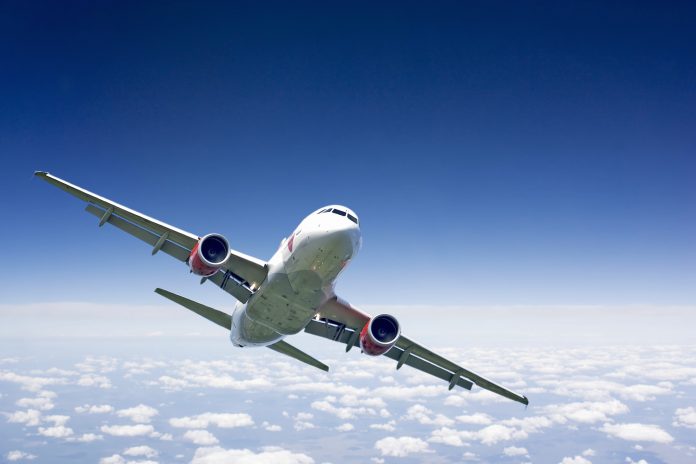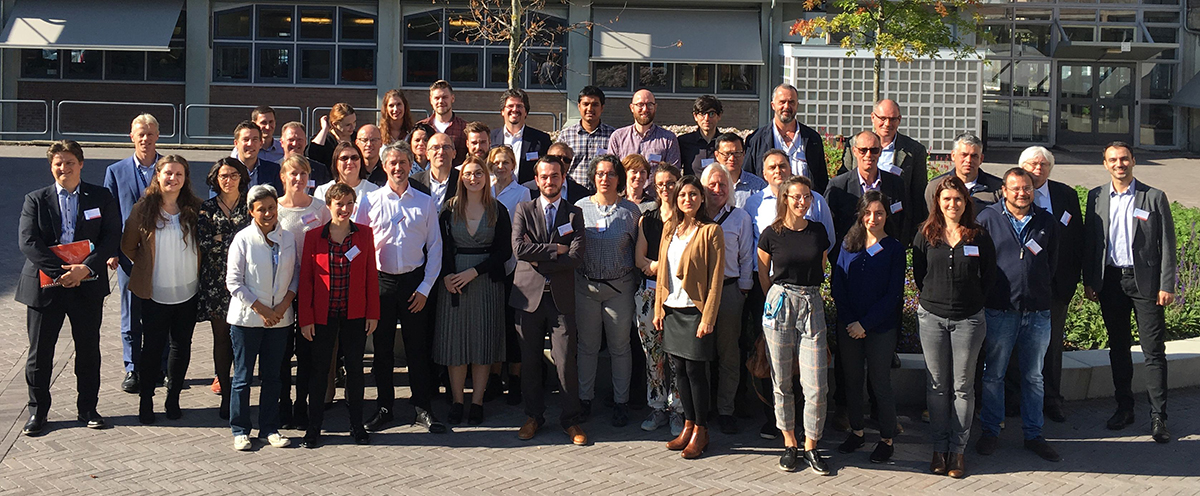Within the ANIMA project, engineers, sociologists and traffic managers are addressing aviation noise, a fully-fledged societal issue, through a holistic approach
Aviation noise is regularly considered a major source of irritation by communities close to airports. Numerous studies and reports have documented the negative impact of excessive noise, from annoyance to cognitive impairment of children, hearing loss, hypertension or heart attack.
In 2018, the World Health Organization issued the landmark “Environmental Noise Guidelines for the European Region” which recommended the most stringent noise limitations ever, especially for aviation noise. The guidelines argue that, to avoid adverse health effects, averaged aircraft noise levels should be no more than 45 dB(A) Lden at daytime or 40 dB(A) Lnight at night-time(1).
These guidelines are critical because they have shifted the issue from a vague annoyance feeling to a genuine public health issue. Anyone with a dB meter application on a smartphone can realise how incredibly challenging these limitations are – even without aircraft – such levels being those of a refrigerator or of a quiet office.
Moreover, these guidelines can and have led to misinterpretations or misunderstandings in the public opinion, especially on confusing causality and correlation between noise and health deterioration.
Noise reduction beyond the source
Many continue to advocate for technical solutions, by diminishing the noise emitted by aircraft, using smarter flightpaths avoiding densely populated areas or by reducing the traffic itself on night slots. The problem is that these options have already been intensively exploited and are at the core of the International Civil Aviation Organisation (ICAO) balanced approach.
It does not mean that further progress is impossible – aircraft industry, research centres and universities conduct considerable research with a strong support from the EU H2020 research framework programme – but it certainly means that the problem cannot be limited to these technical considerations.
Pros and cons: Where do we draw the line?
Moreover, this needs to also make us think about our own way of life. Most of the airports’ neighbours don’t want night flights, but most of us want our packages delivered in 24 hours. This kind of cognitive dissonance may be generalised: Studies show that a 10% increase of air connectivity stimulates GDP growth rate by 1%; that one Euro invested in the air transport sector creates three Euros for the overall economy; that one job in the air transport industry creates more than three jobs in other sectors. Quite often, areas benefiting the most from airport-induced economy are also the ones enduring most of the noise burden.
ANIMA project: New approaches to go beyond noise reduction at the source
To break through these conflicting considerations, the ANIMA research project was launched in October 2017 with the support of the EU’s Innovation and Networks Executive Agency (INEA). This project gathers 22 partners from eleven countries and is associating experts from very different disciplines, from acousticians to land-use planners, from sociologists to communication experts, from traffic managers to aircraft manufacturers. By its end in 2022, the project aims at proposing Best Practices on noise management and mitigation and at offering a Noise Management Toolset to not only look at noise intensity, but to assess the impact of aviation noise on the whole chain of quality of life.
However, not all airports are facing the same pressure and do not have the same experience. For instance, airports below 50,000 moves a year are not compelled to follow the EC Regulation No 598/2014 which establishes balanced approach rules at airports. Moreover, we notice varied methods of addressing noise, some working better than others.
ANIMA is, therefore, going to develop an online Best Practices Portal, which will look at what various stakeholders can do or avoid doing to mitigate noise impact. The recommendations will be tailored to the various users and their specificities. For instance, recommendations for an experienced airport will differ in nature and category from those for a local authority in an area with nascent traffic. These recommendations, though non-prescriptive, will be based on exhaustive studies, existing regulations and real case studies.
For example, there are some basic and proven rules to avoid failure when starting a dialogue with local communities, which is different ball game than single direction informing communities. The portal will also recommend methods for implementing mitigation measures that could otherwise reveal to be ineffective (Often some measures are deployed but their effectiveness is not assessed).
As for the Noise Management Toolset, the objective is to allow airports and authorities to forecast annoyance or health-related impacts of both existing and evolving traffic. The novelty of the tool will hopefully lay both in its ability to consider next-generation aircraft design and above all to compute descriptors which are not directly linked to noise intensity.
Initially, it will be an awakening probability index for night-time traffic, but it could ultimately take into account non-acoustical factors such as local average incomes of households, unemployment rates or compensated zones which are also affecting the experienced annoyance. This tool is being developed for and with airports and traffic managers who are being encouraged to embed their own local non-acoustical factors in order to forecast the effect of any traffic change.
Where do we go from here?
ANIMA will certainly not lead to finding the Holy Grail for a complex issue which has many ramifications. However, it may be one of the first attempts to feed noise management policies with a wide range of up-to-date scientific knowledge on non-acoustical factors and to propose a holistic way to address such a fully-fledged societal issue. If you want to learn more about this project, ANIMA will be present with an exhibition stand at the upcoming Aerospace Europe Conference in Bordeaux between 25 and 28 February 2020, where a full session will be dedicated to exposing our findings. We are looking forward to seeing you there.
1 Actually, these values are pondered and averaged. dB(A) is a ponderation fitting the human ear perception. Lden and Lnight are averaging with different weights on day, evening and night respectively.
This project has received funding from the European Union’s Horizon 2020 research and innovation programme under grant agreement No 769627.












